An ON/OFF Valve is the fluid equivalent of an electrical switch, a device that either allows unimpeded flow or acts to prevent flow altogether.
These valves are often used for routing process fluid to different locations, starting and stopping batch processes, and engaging automated safety (shutdown) functions.
What is ON/OFF Valve ?
Valve styles commonly used for on/off service include ball, plug, butterfly (or disk), gate, and globe.
Large on/off valves are generally of such a design that the full-open position provides a nearly unimpeded path for fluid to travel through. Ball, plug, and gate valves provide just this characteristic:
A plug valve is very much like a ball valve, the difference being the shape of the rotating element. Rather than a spherical ball, the plug valve uses a truncated cone as the rotary element, a slot cut through the cone serving as the passageway for fluid.
The conical shape of a plug valve’s rotating element allows it to wedge tightly into the “closed” (shut) position for exceptional sealing.
A series of photographs showing a cut-away ball valve (hand-actuated) in three different positions reveals the inner workings common to all ball valve mechanisms:
The left-hand image shows the valve in the shut position, with the bore axis facing the viewer (preventing fluid flow).
The right-hand image shows the valve in the open position, with the bore axis perpendicular to view and allowing flow. The middle image shows the valve in a partially-open condition.
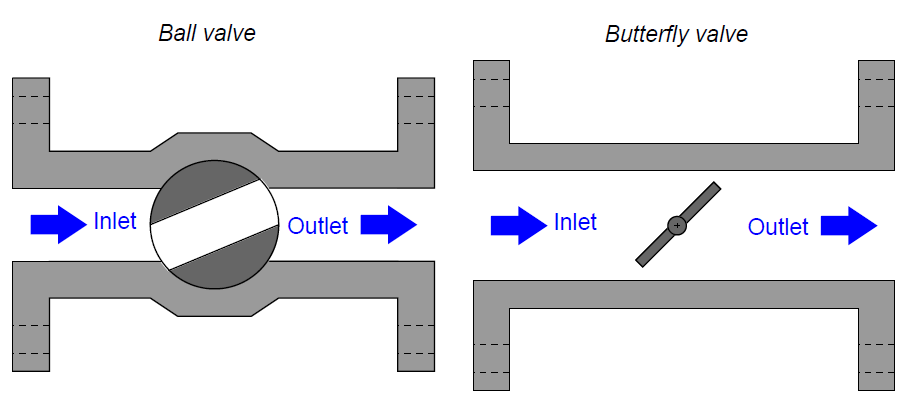
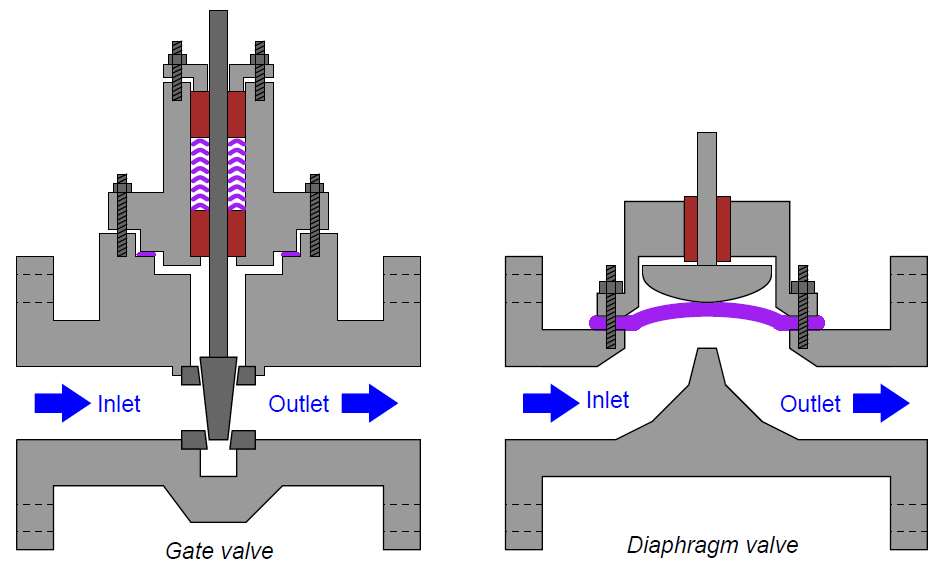

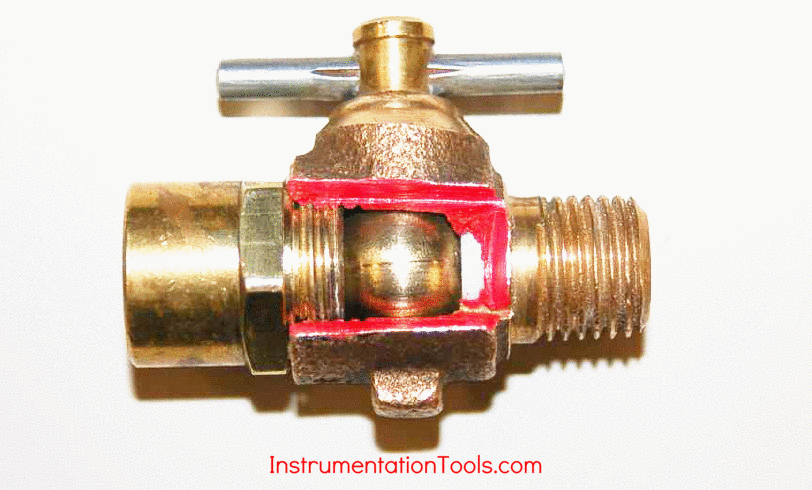
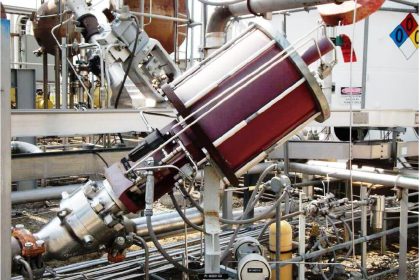
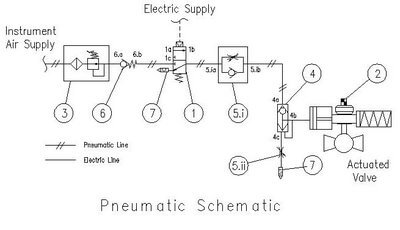
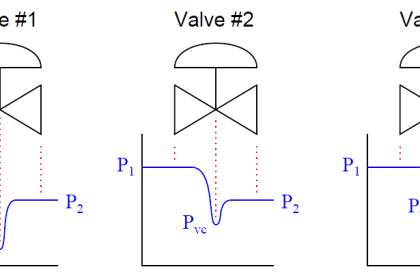
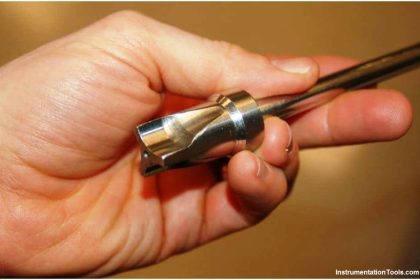
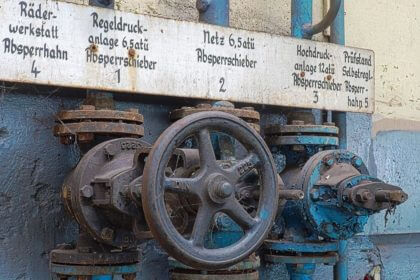
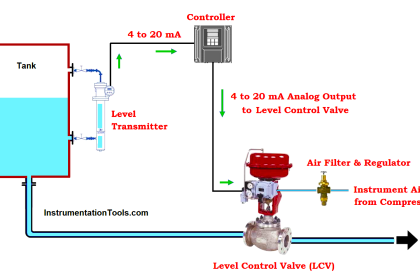
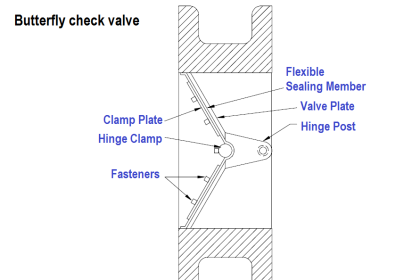
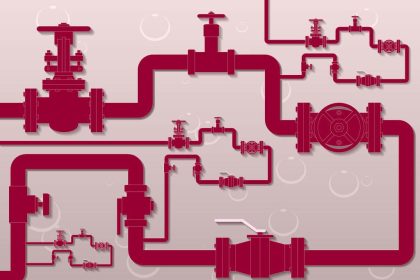

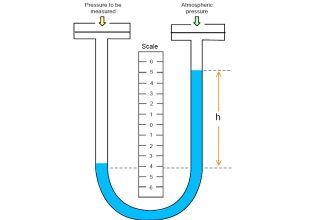
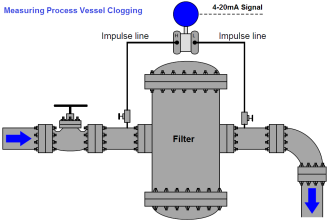
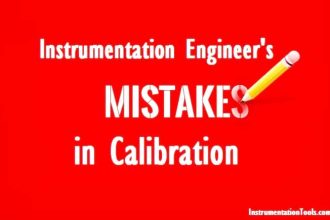
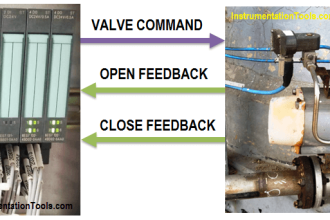

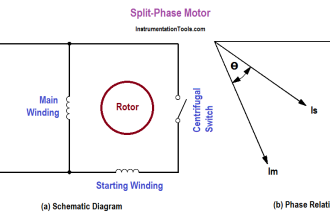
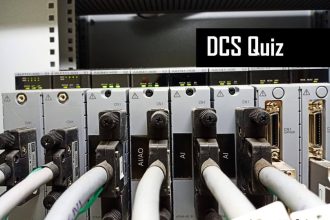

How we can see the position of valve without the positionner?
It is either fully open or fully closed. The open and closed positioned are checked by limit switch, one for the open and one for the closed.
If during the operation, the valve stuck in between, none of the limit switch will be activated, and control system will interpret as discrepancy( not open and close after a predetermined time)